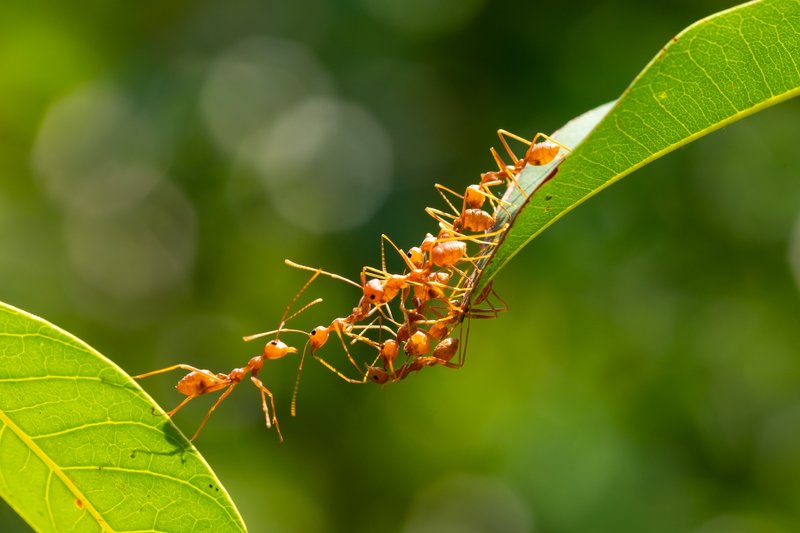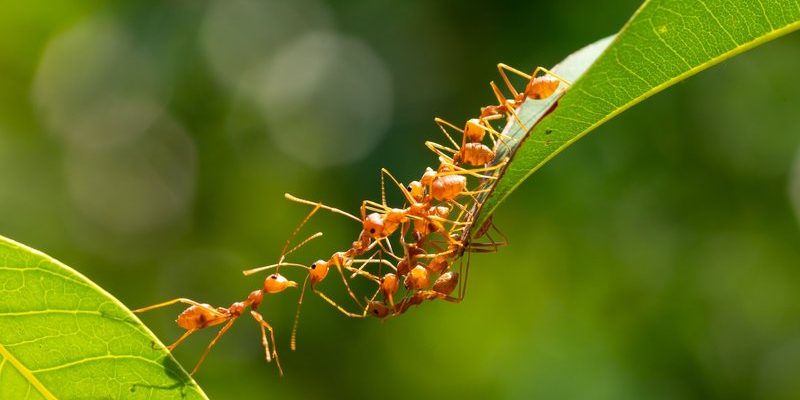
Ant lion larvae are not your everyday critters; they have some unique methods of reproduction that set them apart. Understanding their mating habits, how they lay eggs, and the fascinating life cycle of their larvae can give us a deeper appreciation of the natural world. So, let’s dive into the intriguing reproductive process of ant lion larvae and explore the fascinating facts surrounding their life cycle!
The Mating Ritual of Ant Lions
When it comes to mating, ant lions have some interesting behaviors. After the larvae stage, they transform into adults that look quite different from their younger selves. Adult ant lions emerge from the ground where they’ve spent their larval stage. Once they’ve broken free from the sand, the males start searching for females to mate with.
Males display some pretty cool courting techniques to attract females. They often perform flight displays, showcasing their agility and strength. Here’s the thing; the male usually tries to approach the female carefully. If the female is receptive, she might engage in a little dance. This courtship dance is not just for show; it helps both insects assess each other’s fitness as potential mates. This stage is crucial, laying the groundwork for the next steps in their reproductive journey.
Once mating occurs, it can last several hours! After this, the females are ready to lay their eggs. Mating is both a delicate and intense dance, much like the relationships we see in the animal kingdom but with their unique flair.
Egg Laying: A Delicate Process
After mating, the female ant lion turns her attention to laying eggs. Here’s where things get truly fascinating. Female ant lions typically lay their eggs in sandy or loose soil—places where the larvae can easily dig once they hatch. This choice helps ensure that the new larvae will have an immediate environment suitable for their predatory lifestyle.
A female can lay anywhere from 50 to several hundred eggs at a time, depending on the species and environmental conditions. She can be quite selective about where she lays them too. Factors like moisture, temperature, and the presence of prey all influence her decision. Stronger females tend to lay more eggs, thus increasing the chances of survival for their offspring.
Once the eggs are laid, the female moves on, leaving the next generation to fend for themselves. It might seem harsh, but this is nature’s way; the survival of the fittest plays its role here.
The Life Cycle of Ant Lion Larvae
Once the eggs hatch, tiny larvae emerge, ready to begin their lives as formidable predators. At first glance, ant lion larvae might not look like much, but these little guys are fierce. They quickly dig themselves into the sand, creating unique funnel-shaped traps to catch unsuspecting prey, primarily ants.
Here’s the thing: the larvae can remain in this stage for a long time, sometimes up to several years, depending on environmental conditions. During this time, they feed voraciously, growing and molting several times. Molting is essential; it allows the larvae to grow larger and stronger, preparing them for their transformation into adults.
This stage is not just about survival. It’s also about honing their skills. For example, they have excellent camouflage abilities, making them nearly invisible to their prey. This stealthy approach is vital in ensuring that they pack on the nutrients needed for their eventual metamorphosis.
Metamorphosis: The Transformation Journey
After spending enough time in the larval stage and accumulating the right amount of nutrients, it’s time for the ant lion to undergo metamorphosis. This process is akin to writing a new chapter in their lives. The larva digs deeper into the sandy substrate and forms a protective cocoon, marking the transition from larva to pupa.
During this pupal stage, which can last several weeks to months, the larvae are completely transformed. Inside the cocoon, their bodies undergo dramatic changes, rearranging cells and organs to prepare for adulthood. It’s almost like a magical transformation, reminiscent of a fairy tale where a caterpillar becomes a butterfly.
After this transformation, they finally emerge as adult ant lions. With delicate wings and a completely different appearance, they are now ready to take flight and continue the cycle of life by mating and laying eggs, starting the process all over again.
Key Facts About Ant Lion Larvae
Understanding ant lions is more than just knowing about their reproduction; there are numerous fascinating facts about them. Here are some key points:
- Habitat: Ant lions thrive in sandy areas, such as beaches and deserts, where they can dig their traps.
- Feeding Habits: Ant lion larvae primarily feed on ants but can also trap other small insects.
- Predation: They use a unique hunting method by creating pit traps and ambushing their prey when they fall in.
- Lifespan: The entire life cycle can last from a few months to several years, depending on environmental factors.
- Adaptability: Ant lions can thrive in various environments, but they prefer warm, dry conditions.
These facts highlight how fascinating and specialized these creatures are. Ant lions play a vital role in their ecosystems as predators, helping to maintain the balance of insect populations.
The Importance of Ant Lion Conservation
As with many creatures, ant lions face threats due to habitat destruction and climate change. Conserving their habitats is crucial for maintaining insect diversity and the intricate ecosystems they belong to. You might be wondering why we should care about something like ant lions. Well, they serve as natural pest controllers, helping keep ant populations in check, which can be beneficial for gardens and crops.
Moreover, understanding their life cycle can inspire us to appreciate the interconnectedness of life. If we can protect the habitats where these fascinating creatures thrive, we’re also safeguarding the diverse communities of other insects and wildlife that call those areas home.
In conclusion, the journey of ant lion larvae—from mating to laying eggs and growing into powerful predators—is a captivating process that highlights the beauty and complexity of nature. By appreciating and protecting these unique insects, we contribute to the health of our ecosystems and learn more about life’s intricate dance.

